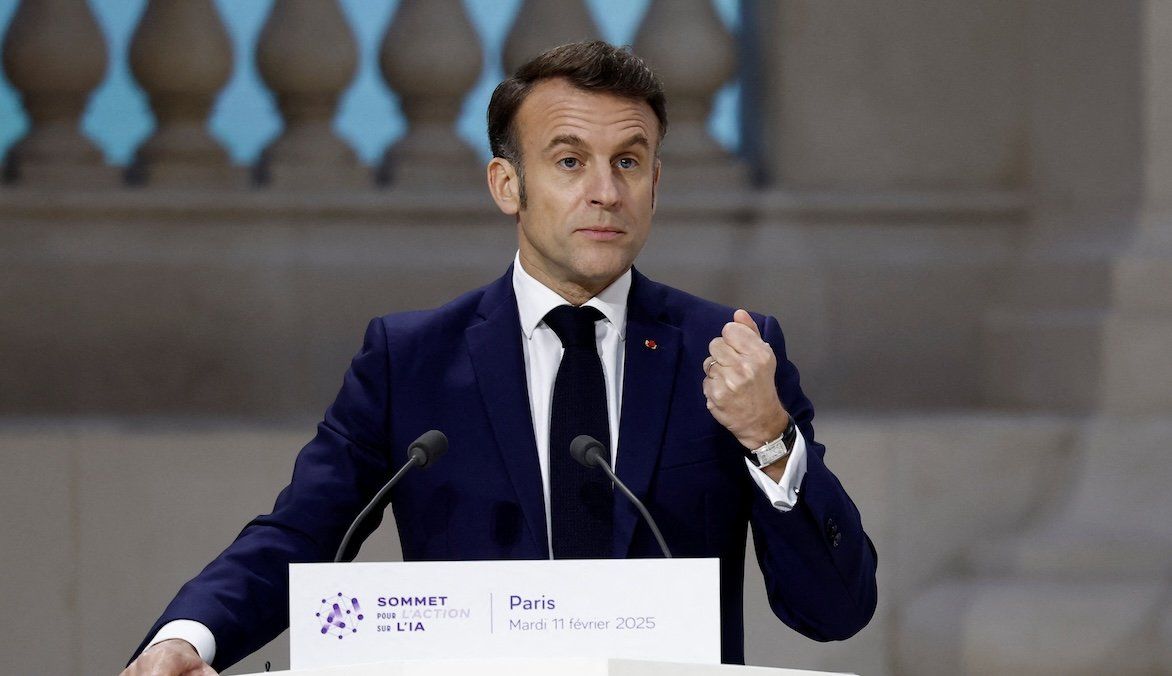France has real AI ambitions — and nuclear energy might be the key to unlocking them. Ahead of the AI Action Summit, which kicked off on Monday at the Grand Palais in Paris, the French government announced $113 billion in new investments in artificial intelligence at the summit, investments that will be powered by 1 gigawatt of dedicated nuclear power.
The initiative, spearheaded by the British data center company FluidStack, will begin construction in the third quarter of 2025. It seeks to achieve a similar scale to Stargate, the US government-backed project to expand the data center capacity of industry leader OpenAI.
The Wall Street Journal
reports that France has 57 nuclear reactors at 18 separate plants, generating two-thirds of its national energy supply from nuclear, a clean energy source. Additionally, it had surplus energy last year, which it exported.
